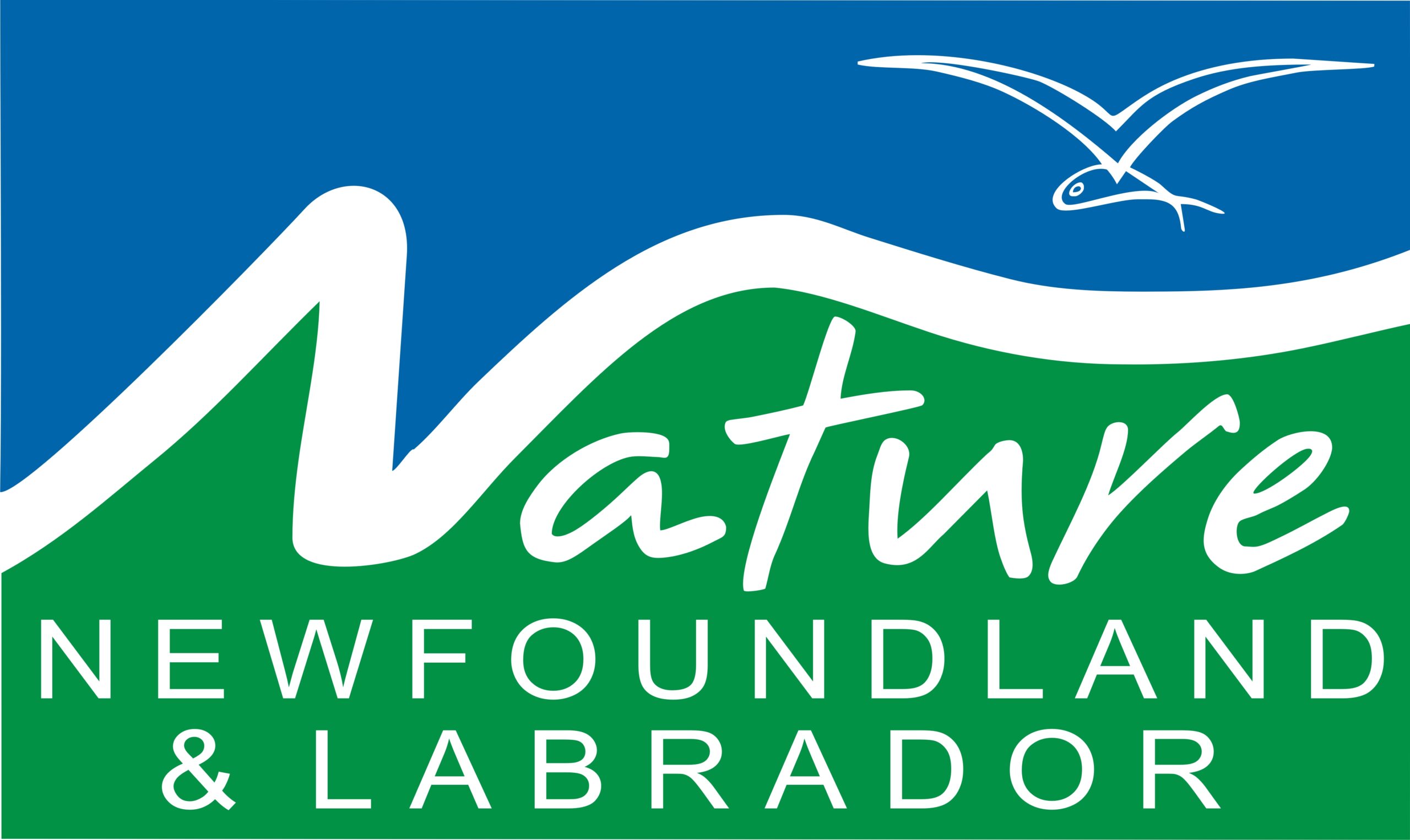UPDATES
————————————–
28 Aug – Bonaventure Island – “four most-distant trips of three gannets were on 20 July, 1, 1-6 and 21-3 August… Breeding success might be much higher in 2014 than in 2012, as far as it seems now. Still not ‘good'” [Dr. Stefan Gathe, U Kiel].
29 Aug – DFO aerial survey [twin otter with high res video] on found 100Aug s of gannets + whales feeding at the northern mouth of the Strait of Belle Isle [Dr. Jack Lawson, DFO]
29 Aug – Cape St. Mary’s assessment of “worst day yet with most unattended chicks” [Chris Mooney, NL PNAD Naturalist]
31 Aug – dead gannets and kittiwakes found on Portugal Cove South Beach, Drook Beach and near Fresh Water Point [Phyllis Hollette, Des St. Croix, Wayne Coombs and Tony Power]
2 Sept – “[Cape St. Mary’s is] looking way better today. Feeding in St. Brides and off Branch” [Chris Mooney, NL PNAD Naturalist]
4 September – Cape St. Mary’s study plot – 12 of 17 chicks unattended, 5 with 1 parent [Kyran Power, NL PNAD Naturalist]
4 September – Branch – 8 pm – Kyran Power caught a gannet on the Branch River. The bird died over night. Its weight was 2200 g (emaciated).
7 September – “Colony full – best since July” [Chris Mooney, NL PNAD Naturalist]
————————————–
Cape St. Mary’s, NL (August 27, 2014) Many Northern Gannets have abandoned their chicks at the Cape St. Mary’s Ecological Reserve due to rising sea surface temperatures.
Provincial naturalists, Kyran Power and Chris Mooney were surprised to see so many gannet chicks unattended by their parents. Gannets virtually never leave their chicks unattendedas chicks vulnerable to predators including eagles, ravens and gulls.
“About 50% of the surviving chicks at the nest are without parents” said Bill Montevecchi, seabird biologist from Memorial University. He says that the adults are unable to find food due to rising sea surface temperatures (SST) in the area. The high SST may cause the mackerel, Atlantic saury and squid, their primary prey in late summer to move to northerly colder water or to move deeper in the water, outside the foraging depths of the gannets.
“The parents are not regurgitating food for their chicks and fishermen are reporting birds diving extremely close to boats for discarded fish and fish guts” said Montevecchi who recently returned from investigating the desertion. This unusual behaviour indicates that the gannets are desperate to find food.
This extreme event is reminiscent of the mass abandonment by the gannets in 2012 when there were similarly high sea surface temperatures. Also as in 2012, gannets on Bonaventure Island in the Gulf of St. Lawrence are also experiencing food shortage and abandoning chicks. In 2012, flocks of gannets were observed far north of any gannet colonies where SST was lower.
Dr. Stefan Garthe [University of Kiel, Germany], who currently working on Bonaventure Island has tracked extraordinarily long foraging trips by the gannets up to many hundreds of km from the colony. Such trips are essentially survival trips for the adults and will provide little food for chicks.
As in 2012, the Northern gannets’ breeding success in eastern Canada is expected to be poor. In light of the fact that gannets were the third most oiled seabird in the Deepwater Horizon disaster in the Gulf of Mexico in 2010, it is essential to monitor and attempt to understand how the ongoing ocean climate changes are affecting them and us as well.
For more information, contact
Bill Montevecchi, Ph.D.
Departments of Psychology, Biology and Ocean Sciences
Memorial University of Newfoundland
St. John’s, NL, Canada
A1B 3X9
E-mail: [email protected]
Phone: 709.693.5305 [cell], 709.864.7673 [office], 709.895.2901 [home]
